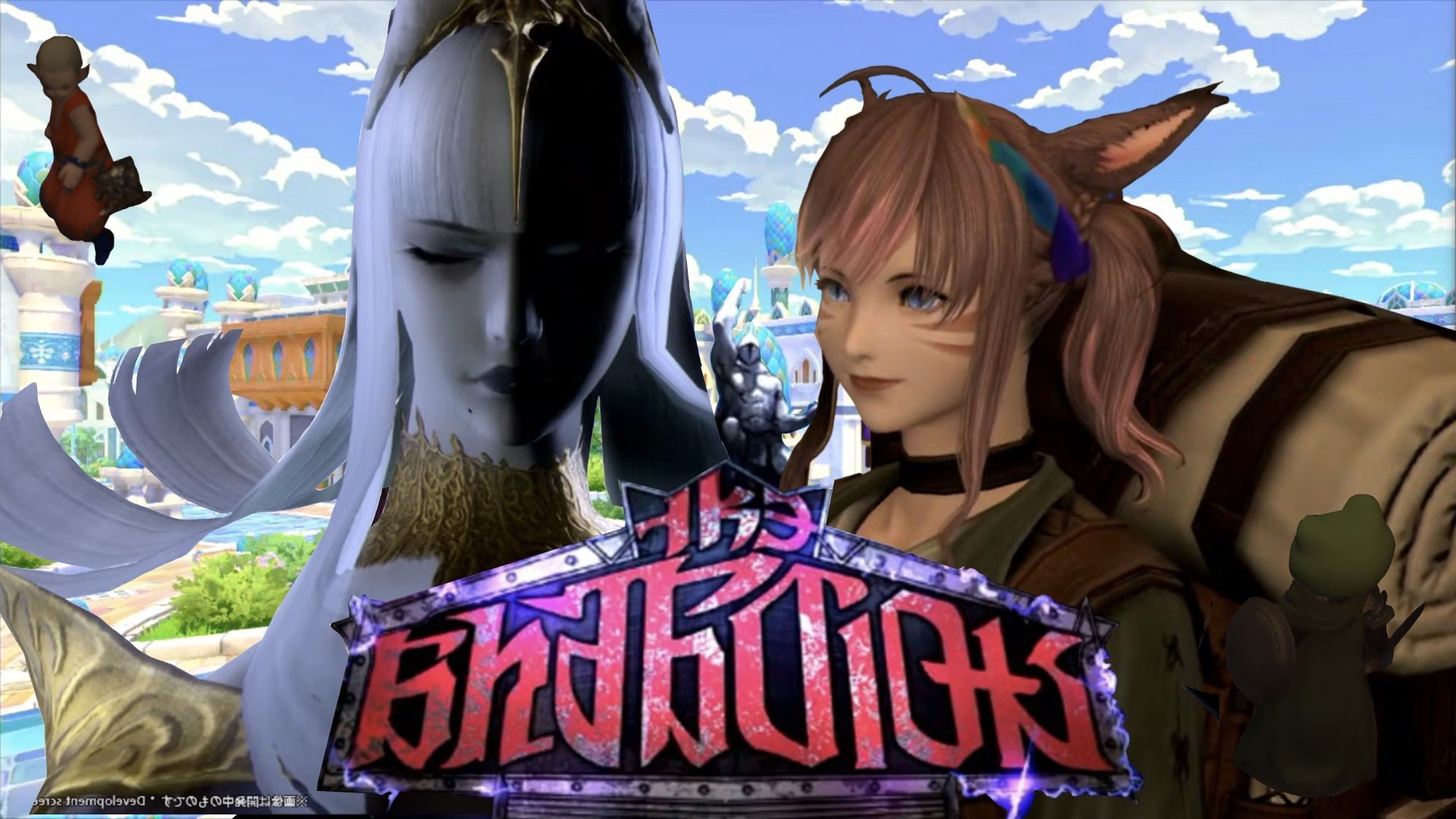
I thumbed my nose at the religious pretty early on in my campaign in Democracy 3. I wasn’t about to let them tell me what to do, and promptly began legalizing abortions, same-sex marriage, prostitution, and stem cell research. My policies made me hugely popular with the people, even as my rating with the religious portions dropped like a stone. They were only a small portion of my total population, so what did I care what they thought? Soon, though, my popularity began to shrink as we entered a global economic crisis. Joblessness rose almost overnight, and I scrambled to cut funding wherever I could to save money. The spiral wouldn’t seem to stop no matter what I did, though, until I came up with a careful plan that would appeal to the capitalists and bring more jobs and money into the country. A terrible thing happened on that cold fall day, though, as the Brothers of Christ attacked the Leader of the Butts Party at a public speaking arrangement, killing him. Would the No Butts Party win the next election, or would my legacy carry on? I would never know.
I really didn’t know what to expect of Democracy 3 going into it. I have zero interest in politics, in case that wasn’t clear by my choice of party names, and my head swam with all of the possible ways a game about the government could bore me to tears. When I played, I was genuinely surprised by how much I got into the nuances that make the game work, and how my mind raced through possibilities as I tried to solve my country’s problems. The complexities at work in this game gave me a new appreciation for how complicated governing a country can be, and is an incredible tool to teach people how many different things can be affected by a simple change in government policy.
You might not think that you’ll be able to get anything out of the game at all just from looking at its main screen. The majority of your monitor will be taken up by dozens of bubbles with images in them, and all of these indicate the policies and issues your current government has in place or is facing. There are so many of them I instantly felt overwhelmed, but the game starts right in with a tutorial that asks you to calm down. There is a fair amount of reading, and there will be for the rest of the game, but it does do a great job of breaking down what everything does and how it works. There are a few things it does a poor job of explaining (like how to deal with the various terrorist or political lobbying groups that exist in the game), so keep the manual on-hand for the handful of odd situations the game doesn’t describe that well.

I found that I didn’t really need it all that much, as for a game as complex as Democracy 3, clicking around is a good way of figuring out everything you need to know. Even if you just hover over an individual policy, it will show arrows shooting toward or from other policies or issues that it is affecting. If I hovered over alcoholism, I saw lines shooting toward public health programs, joblessness, welfare, and government housing. Those lines move at varying speeds to indicate, at a glance, how heavily they are being affected. When the global economic crisis hit me, the line from my GDP was just blasting toward unemployment, and hovering over unemployment had another line shooting over to my income tax. So, when I suddenly dropped about twenty billion from my quarterly income, I knew why it had disappeared in a few seconds.
Those lines are also color-coded for ease of knowing what’s happening. Seeing red lines heading toward unemployment told me that it was bad news, but seeing green lines coming from my free health care toward parents, poverty, and other groups made me feel a lot better. You do have to pay attention to where the lines are going at times, though, as sometimes you don’t want something to have a positive effect. For instance, having a green line shooting toward organized crime or obesity means that it is increasing those things, so you do need to pay a bit of attention to where the lines go rather than just assume red is bad and green is good. It’s still a very simple visual aid, though, and made navigating the game a breeze.
You can also bring up a menu and see which lines head to which voter groups. The game gives you a breakdown in one of the menus on which portions of society form your total population, so seeing how each of your policies pleases or angers certain groups is extremely important to know. I had a lot of red lines shooting toward religious pretty early on, but I also had quite a few heading to the middle class. Since middle class formed the bulk of the country, I felt I should make decisions that would please them, and set out picking out new programs based on what they were looking for. I knew all that from two menus and some lines, and if that isn’t how you make complex information clear, then I don’t know what is.

You can get far more in-depth information if you’d like, though. Clicking on any one bubble will bring up the policy or issue it represents, along with a breakdown of exactly who it is affecting and how much. You can then click on each of the items that is affected, going straight to their bubbles so you can see the connection between it and other things. As an example, I had a high instance of alcoholism when I started the game. Shuffling around showed me that joblessness and some other things were making the issue as bad as it was, letting me see a few viable ways of fixing the issue. With some extra spending on social programs and a cutback in income taxes, I soon found that the pressure was off of my poor alcoholics and the problem was fixed. Hero to the people? I was ready to take on that mantle.
Those social programs cost money, though, and the cut I put into income tax took a huge chunk out of my income per turn. Turns in the game are played out in quarters, and in each quarter you get a set income based on your policies and their costs. What you’re bringing in versus what you’re paying out is shown in the top left corner, and clicking on it will also give you a complete breakdown of where the money comes from and where it goes. You can then click on any one item within those menus to increase or decrease it as you need, or even cut the policy altogether. Again, very complex information is broken down in simple ways and made extremely accessible and clear. All of these things should have been hard for me to do, but the game just kept making them a snap.
I could also implement brand new policies to make money or help my people. New ideas can be brought in relatively easily through one of the tabs at the top of the screen, and again, each is given a description to help you decide if you want to try them out. On top of that, each is given a short blurb that talks about why someone would think it was a good idea and why it could also be a bad one. For instance, I could implement a mansion tax that would tax people who had a certain value of house. I was desperate for money at one point and saw it as a way of making money off the already rich without affecting the poor. The game warned me that the rich and successful would start avoiding my country if I was going to tax them to death, though, and I probably should have listened.
New policies cost more than money, though, as they also cost political power. You can’t just drive income tax up fifty percent overnight without some clout. You have a group of ministers in charge of the various sectors of your government, and each of them adds to the total political points you have to make policy changes each turn. These ministers can gain or lose political points over time as you force them to make certain decisions or if outside factors affect them. If their popularity gets too low you can fire them and replace them with another person, but ministers also gain experience over time that makes them more effective. Cleaning house isn’t always the right idea, but sometimes you’re screwed with the group you have and might do better with new ones. It makes it so that there is no easy decision about what to do, just as there isn’t one with any other decision in the game.

All of this boils down to an extremely scary balancing act, one where you rob one group to help another. No one decision in the game is the right one, and it requires players to think for a long time on which decision is best for them. You’re given tons of information on each subject, more than enough to make clear, informed decisions easily, but those decisions never have simple effects. It’s all very satisfying, as you can repair some of society’s ills just as easily as you can accidentally send your whole country into ruin.
If by some miracle you can manage all that, there are still outside factors that affect your government, such as the previously mentioned global financial crisis. These can have huge effects on your game that not only might send you down the road to bankrupting your country, but also to making a lot of minor problems into huge disasters. If you come up with some smart way to play each country (As each of the countries has specifics issues and benefits to playing it), there is still a good chance that something bad is going to come along and screw things up. I had no shortage of problems I was already creating with the capitalists and the religious, so having the economic crisis was the last thing I needed, and it set me to scrambling on each turn. The issues just kept snowballing as well, and I seriously wondered if I was going to survive my first term in office. It was kind of awesome, too, as it added an element of random chance to game about hard numbers and specifics. Were all my efforts to improve my country going to be wasted by an economic downturn next turn?
I didn’t get to see where I’d lead the country, though, as the religious groups had me killed. The capitalists had been content to launch a smear campaign, but the religious had an even lower opinion of me than they did. I learned the hard way that it is a very bad idea to let one group just stew in the red, as the game has you making some dangerous enemies if you let your popularity drop for too long. I was given ample warnings that these groups were becoming dangerous on each turn, though, so maybe I should have known to do something more about it. Like every other bad decision I made in the game, I only had myself to blame.
For someone with no interest in politics, I found Democracy 3 fascinating. Not only does it show a lot of social issues and policies and how they work together in realistic ways, it’s also really interesting to learn the various positive and negative points on each policy. It’s very easy to complain about the government from your couch, but going in and making decisions, seeing how they affect your voter popularity as well as your country’s general welfare and place in the world stage, was a real eye-opener. It’s presented with an elegant simplicity to the point of letting someone who knew nothing pick it up in minutes, and provides a wealth of information at a glance when you need it. It takes a subject that should be dry and infuses it with humor and interesting commentary without even trying, and I think if I’d played this game rather than wasted my time with political science courses in university, I might have actually kept up on the subject. This game definitely won’t be for everyone, but I do think just about anyone who’s ever criticized the government should play it for a while. It’ll show you some things you might not have seen before.




